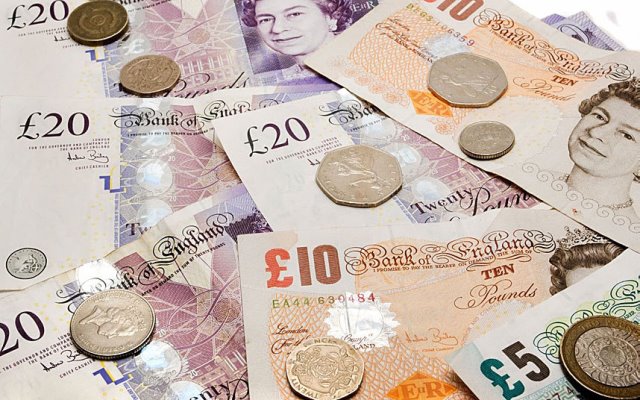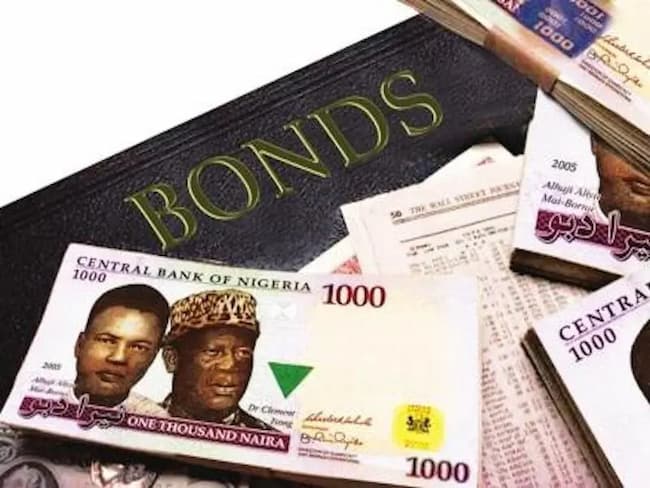Sterling recovered some ground on Tuesday from the 20-month lows it hit after British Prime Minister Theresa May called off her Brexit vote, as dollar weakness encouraged some traders to buy the pound.
May’s decision on Monday initially sent the pound tumbling 2-1/2 cents towards $1.25, its lowest level since April 2017, before it recouped some losses – though the moves were exaggerated in thin trade.
“Sterling has been struggling to equilibrate between the heightened probability of either no deal or no Brexit with the odds of both increasing on Monday,” said Edward Park, deputy chief investment officer at Brooks Macdonald, a UK investment manager.
The pound was trading at $1.2630, up 0.6 percent on the day after plunging 1.5 percent on Monday. There was no immediate reaction to the release of stronger than expected UK jobs data as traders said they were firmly glued to Brexit developments.
Euro/sterling was broadly flat at 90.22 pence as May made the rounds of European leaders on Tuesday, seeking support for changes to her Brexit deal in a last ditch bid to save it.
“It is impossible to say whether this is as bad as it gets for sterling as that depends on what May gets back from Brussels and the odds of that getting through Parliament,” said John Marley, a senior currency consultant at FX risk management specialist, SmartCurrencyBusiness.
Buying sterling volatility remained the favorite trade for investors with one-week volatility hovering around 15 percent, its highest levels so far this year and nearly doubling from August lows.
In a sign of how big Monday’s selloff was in the currency markets, a trade-weighted value of the pound against the rivals plunged 1.5 percent, one of its biggest daily losses since the Brexit referendum vote in June 2016.














